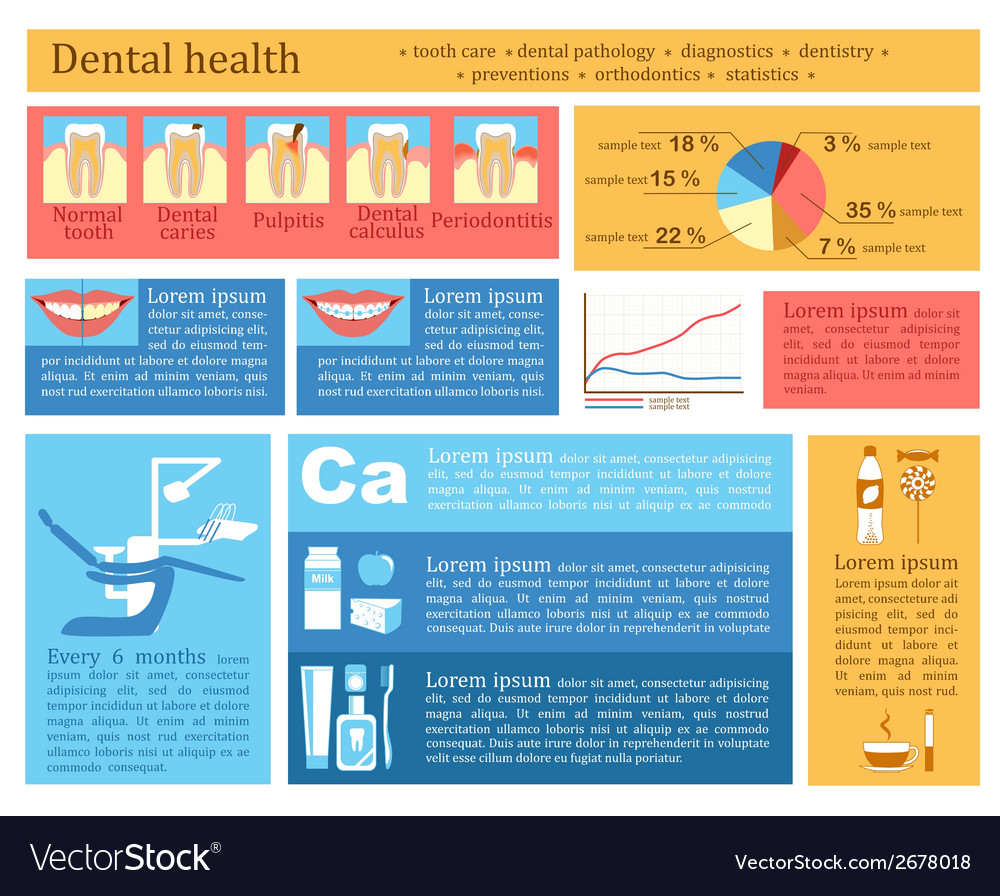The Development Of Oral Surgery: Cutting-Edge Innovations And Advancements Influencing The Area
The Development Of Oral Surgery: Cutting-Edge Innovations And Advancements Influencing The Area
Blog Article
Composed By- Recommended Webpage to the world of dental surgery, where technologies and advancements are shaping the future of the field! In this amazing realm, you'll witness the transformative power of robotics, the advanced wonder of 3D printing, and the game-changing impact of minimally invasive techniques.
relevant internet site of dental surgery holds a promise of precision, performance, and boosted person results. With the help of sophisticated robotics, specialists have the ability to perform intricate treatments with better accuracy and control.
3D printing modern technology is transforming the production of oral implants and prosthetics, using tailored options that fit perfectly right into each patient's one-of-a-kind makeup.
Additionally, minimally invasive methods are reducing post-operative discomfort and healing time, permitting individuals to return to their lives quicker.
Get ready to check out the interesting innovations and developments that are improving the landscape of oral surgery!
Advancements in Robotics
One significant advancement in oral surgery is the use of robotic innovation, which allows for exact and effective operations. With the help of robotic systems, oral specialists have the capability to do complicated surgical treatments with enhanced accuracy, reducing the risk of human error.
These robotic systems are furnished with advanced imaging innovation and exact tools that make it possible for surgeons to navigate through intricate anatomical structures with ease. By using robotic innovation, doctors can accomplish higher medical accuracy, resulting in enhanced person outcomes and faster recuperation times.
In addition, using robotics in oral surgery enables minimally intrusive procedures, reducing the injury to surrounding tissues and advertising faster healing.
3D Printing in Oral Surgery
To enhance the area of dental surgery, you can discover the subtopic of 3D printing in oral surgery. This innovative technology has the possible to change the way oral surgeons run and deal with patients. Right here are 4 essential ways in which 3D printing is forming the field:
- ** Custom-made Surgical Guides **: 3D printing allows for the development of highly precise and patient-specific medical guides, boosting the accuracy and effectiveness of treatments.
- ** link webpage **: With 3D printing, dental surgeons can produce tailored implant prosthetics that completely fit a person's one-of-a-kind makeup, leading to better end results and person satisfaction.
- ** Bone Grafting **: 3D printing makes it possible for the manufacturing of patient-specific bone grafts, reducing the requirement for conventional grafting strategies and boosting recovery and healing time.
- ** Education and learning and Educating **: 3D printing can be utilized to produce sensible medical designs for educational objectives, permitting dental cosmetic surgeons to practice complicated treatments prior to executing them on individuals.
With its potential to improve accuracy, personalization, and training, 3D printing is an exciting development in the field of oral surgery.
Minimally Intrusive Methods
To additionally advance the area of oral surgery, accept the capacity of minimally intrusive strategies that can considerably profit both cosmetic surgeons and patients alike.
Minimally invasive techniques are changing the field by reducing surgical injury, decreasing post-operative discomfort, and accelerating the recovery process. These strategies include making use of smaller sized incisions and specialized instruments to execute treatments with precision and effectiveness.
By using advanced imaging technology, such as cone light beam calculated tomography (CBCT), specialists can precisely prepare and perform surgical procedures with marginal invasiveness.
Furthermore, making use of lasers in dental surgery allows for accurate tissue cutting and coagulation, causing minimized bleeding and minimized healing time.
With minimally invasive methods, patients can experience quicker healing, reduced scarring, and improved outcomes, making it an important aspect of the future of dental surgery.
Final thought
So, as you can see, the future of dental surgery is exceptionally promising, with interesting technologies and advancements shaping the field.
From the developments in robotics to using 3D printing and minimally intrusive methods, dental specialists are reinventing the means they offer care.
While some might fret about the prospective price related to these developments, it's important to remember that these modern technologies ultimately boost individual results and reduce recovery time, making them well worth the investment in the future.
